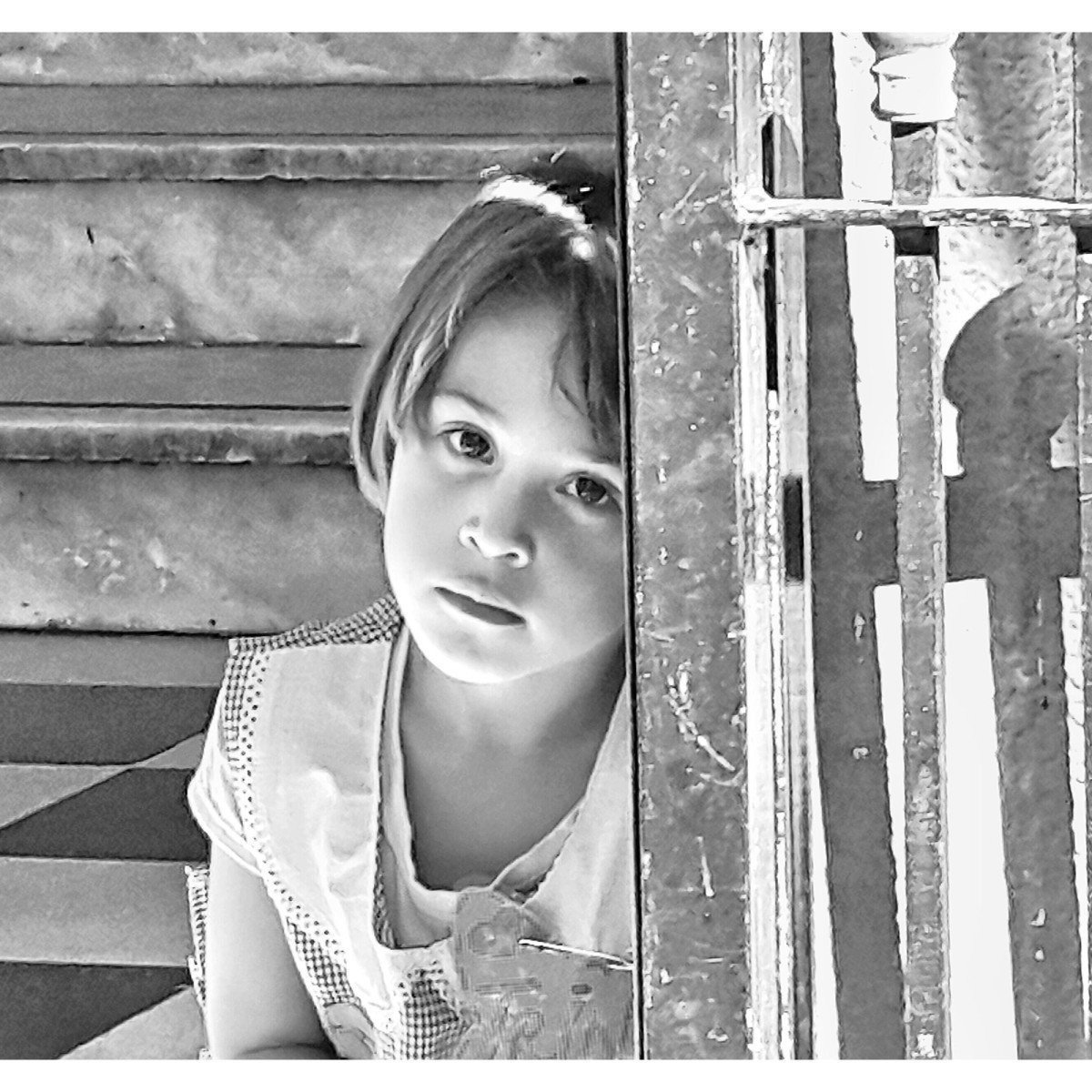Just imagine this scenario. You’ve had the trip of a lifetime, immersing yourself in tranquil forests, towering mountains, and sweeping beaches. You’ve created a kaleidoscope of memories, all captured in vivid color on your camera. But what if your photos could tell the story slightly better? What if you could enhance the sunset to mirror your awe, or make that charming rustic cabin even more inviting? That’s where Adobe Lightroom’s graduated filters come into play.
Did you know, for instance, that 90% of professional photographers frequently use graduated filters for landscape photography in Lightroom? These filters allow you to manipulate the top and bottom halves of your photos separately – a bit like a sandwich. You’d be amazed at how this simple tool can transform the aesthetic of your images.
A Bite into the Sandwich: Understanding Graduated Filters
Let’s start by ‘unlayering the sandwich’, shall we? What exactly are graduated filters? Think of them as your secret sauce. Coupled with Lightroom’s powerful features, graduated filters allow you to breathe life into your photos and create magic. They are your digital darkroom, an opportunity to bring balance to your biggest, boldest landscape shots or subtly invoke a mood in your intimate portraits.
But how does it work, you may wonder? Say, for instance, you’re working on a photograph from your beach holiday. It’s a fabulous shot but the some of the sky is blown out and the sea isn’t quite reflective enough. Here’s where the photoshop editing tutorial isn’t enough and Lightroom’s graduated filter becomes your go-to tool. You can tame the sky and enhance the water, all while leaving the rest of your photo untouched.
Painting with Light: The Graduated Filter in Action
‘But how do I set about using this tool?’ I hear you ask. No worries, let’s walk the walk together. In it’s the simplest form, a graduated filter applied to a photo is like a gradient of changes spread across a selected area. Painted with light, if you will. Take our beach photo example; you could zero in on your sky and gradually reduce exposure from top to bottom. Your sunset comes alive, vibrant yet nuanced, just like you remembered it.
Bite-size Tips to Get You Started
Now if you’re a newbie to this, here are some bite-size tips to get you on the right track.
- Visualize: Before you leap in, have a think. What’s the story you want your photo to tell? Picture the end result you’re aiming for, that’ll give your editing direction.
- Explore: Developing a knack for the right balance might take some time. Explore, experiment, and embrace the trial and error process. Remember, photo editing is as much art as it is science.
- Clarity Matters: Knowing exactly what graduated filters do can help you from overdoing it. The idea is to enhance what’s already there, not create a new reality (unless, of course, that’s your style).
- Practice: As with anything new, the more you do it, the better you get at it. Don’t be afraid to play around with settings, go bold or be subtle. It’s your canvas.
Graduated Filter: The Showstopper
So, next time you’re looking over your photos and feel like something’s missing, remember the graduated filter. It could be your ticket to transforming a beautiful photo into an absolute showstopper. It puts the power in your hands to manipulate contrast, tweak colors, refine details – all with a few clicks and drags.
And if you ever forget, just think of that sandwich analogy. Your bread slices might be great as is, but isn’t it the sauce, the cheese, or perhaps, the perfect ratio of fillings that make for an unforgettable sandwich experience? That’s what the graduated filter can do for your images. It takes your visual storytelling to a whole new level, and before you know it, your images have a distinctive style that is uniquely you.
Isn’t it time we gave our photos the masterpiece treatment they deserve? You’ve captured the moment; now let’s paint with light.


0 Comment